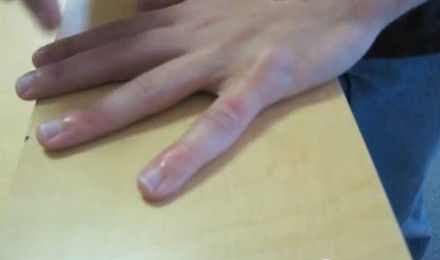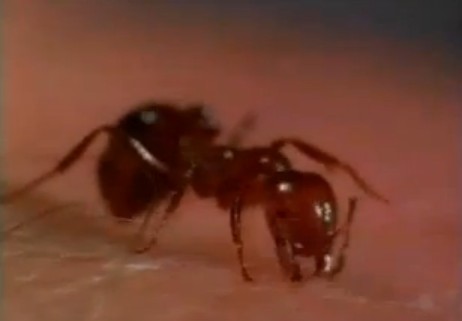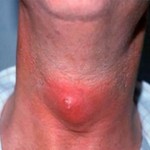Insect bite is a common occurrence throughout the world. Insect bite identification will help in understanding the type of bite based on which treatment can be suggested. Generally, these bites do not need treatment unless infection or allergic reaction occurs. Insects may be small but most have their weapon of defense which they use to bite. Depending on the venom of the insect the victim may suffer from temporary or permanent pain, infection, severely aggravated wounds etc. Sometimes the victim may become numb. Though not always serious insect bites should not be neglected as it may lead to serious allergic reaction which may be fatal.
Identifying the insect is the primary step towards treating the condition as it would help doctor to determine severity of the bite. It is important to immediately spot and notice the one that bit you. In most cases tick or fly can be spotted while biting, as they stick for sometime on the person. You may also try searching the clothing in the area, which surrounds the bite. If you cannot locate the insect, then analyzing the mark of bite or its pattern can help to certain extent. In some cases, the bitten spot may change color or become swollen; there may also be other associated symptoms. Some common signs of insect bite are:
- Redness around and on the bite
- Rashes occurring at the bitten region
- Itchiness
- Pain
- Swelling of the area
- Bumps occurring on the condition
- Burning and inflammation
- Papule occurrence
In sever cases of insect bite wherein allergic reaction gets stimulated due to the venom and other substance the symptoms may be extreme. These symptoms may aggravate beyond the bittern area and may also need emergency medical attention. Such severe and rapidly aggravating condition is technically referred to as Anaphylaxis. Complications often experienced due to this condition include suffocation, short- breaths, wheezing, increased palpitation, queasiness, unconsciousness and muscle cramps.
Insect Bite Identification
Insect bites identification can also be done by looking at the bite. Not all bites from different insects are identical. By understanding some of the common bites from highly found insects would help in determining whether you are bitten by any of these insects. Here are some insects and their bite related information.
How to identify a spider bite?
Though not technically an insect, because it doesn’t have antenna, the spider is mostly perceived as one. We will show you how you can discern its bite as different from other insects. Spider bites can possibly be identified through two tiny marks or puncture such as dots appearing close to each other. Spiders have fangs which they penetrate into your skin during bite. Though this may be a common sign of spider bite you cannot confirm it as spider bite as there are other insects with similar fang or bites. It is best to spot the spider when it bit you. In most cases spiders are not harmful but certain spiders such as Black Widow or Brown Recluse can lead to severe consequences. Such bites may cause your skin to decay due to death of skin cells. Spider bites are often reddish in color initially. Later the brown recluse spider bite may turn white and finally take a bull’s- eye shape. Black widow spider bite is painful, unlike Brown recluse bite, and fluid filled blisters may develop. If not addressed timely the bite may aggravate. Hence, you should be careful and try to identify the spider bite.
Flea Bites (how to identify them)

Flea bite is also a common occurrence all around. Flea bite identification can be done by looking at the red bumps that often appear after the insect bit you. Some people’s body responds to the bite in a serious way manifesting as allergic reaction. Such victims may also suffer from serious itchiness. There are possibilities that just by looking at the bite you cannot determine which insect it was. However, if you suffer from consistent itchy sensation then probably the insect that bit you was flea.
Mosquito bite identification
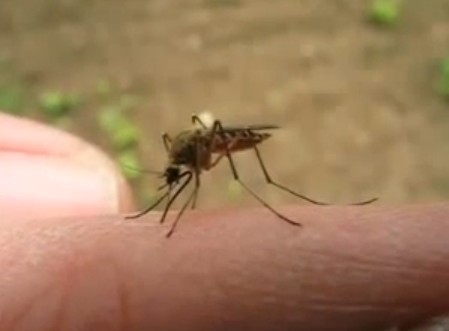
Mosquito bites are common but equally dangerous enough to cause malaria and dengue. The swelling happens due to the skin’s response to the saliva of the anopheles mosquito. The bites take the formation of red rash, with swelling, itching and blisters.
What does a gnat bite look like?
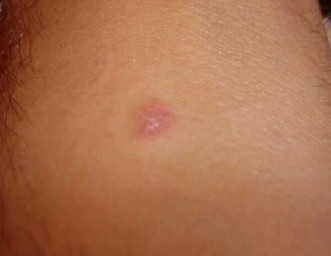
Gnat is a term used to refer to any of the species from the spectrum of tiny flying insects. These may include Nematocera, Mycetophilidae, Sciaridae, dipterid, etc. This insect’s bite identification can be done by intense itching experience due to the bite. The victim may also suffer from localized swelling, bumps, inflammation, etc. Gnat bites and mosquito bites are more or less similar but bites from gnat may lead to severe itching and irritation than the latter. Gnat bites are also misdiagnosed with general skin rashes and infections.
What do tick bites look like?
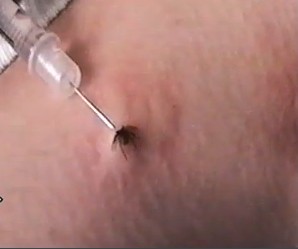
Tick bites can be identified through its bright red appearance but no pain. Tick bites may turn deeper in the center and become darker. Since ticks do not leave the bite for sometime you may find the tick still stuck to the bite even after several seconds from when you are bitten. You will find the insect with its head penetrated into your skin. If you try to pull the insect out you may leave behind its head under the skin; hence, do it cautiously and carefully using tweezers.
Fire Ant bite identification
Though most insects bite in defense, ant bites are more offensive than defensive. Ants may bite even due to least provocation while other insect may use their fangs as last resort. General ant bites causes red-bumps with itching and inflammation. Fire-ant bite may exacerbate into serious fluid-filled lesions which may be painful. Otherwise, normal ant bite symptoms may ebb away in hours.
These are not all but few commonly found insects which may bite you even if you stay in an urbanized zone. Aforementioned insect bite identification will help you determine the intensity of the bite based on the insect that bit you.


